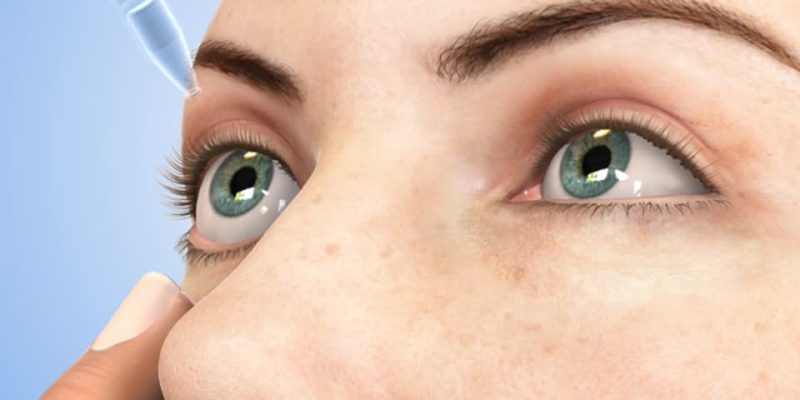Smoking and eye disease
Tobacco smoking is directly linked to many adverse health effects, including high blood pressure, heart disease, and cancer. Smoking is also linked to eye disease.
How does smoking affect the eyes?
People who smoke cigarettes are at an increased risk of developing cataracts, a clouding of the naturally clear lens of the eye.
Tobacco smoking is also one of the preventable risk factors for age-related macular degeneration (AMD). Studies have shown that current smokers and ex-smokers are more likely to develop AMD than people who have never smoked. AMD has two forms: dry (called atrophic) AMD and wet (called exudative) AMD. In dry AMD, the retina gradually thins. There is no proven cure for this type of degenerative disease. In wet AMD, new blood vessels grow in the retina, leaking blood or fluid and damaging the macula (the part of the retina responsible for your central vision). Permanent vision loss may occur with both types of AMD, and therefore, an attempt at prevention is of utmost importance.
Some studies suggest that in people with high blood sugar levels, smoking may be linked to diabetic retinopathy or damage to the blood vessels in the retina. The optic nerve is also susceptible to damage from smoking. People with poor diets who smoke heavily and drink excessive amounts of alcohol are at a risk of developing optic nerve-related vision loss (called tobacco-alcohol amblyopia). Certain optic nerve problems, like Leber’s hereditary optic neuropathy, can run in families. People with this condition who smoke are at an increased risk of vision loss.
People who do not produce enough tears to keep their eyes comfortably lubricated have a condition called dry eye. For these people, smoking is a significant irritant that worsens the symptoms of scratchiness, stinging, or burning of the eyes and excess tearing from irritation.
How does smoking affect fetal and infant eye health?
Studies have also shown a strong association between smoking during pregnancy and the risk of invasive meningitis during early childhood. The risk of bacterial meningitis is five times higher among children whose mothers smoked during pregnancy. In addition to other severe health problems, childhood meningitis can cause inflammation of the cornea and pink eye. Smoking during pregnancy is also associated with low birth weight and premature birth. Finally, oxygen therapy given to sustain the lives of premature infants can cause retinopathy of prematurity, leading to permanent vision loss or blindness in the infant.

